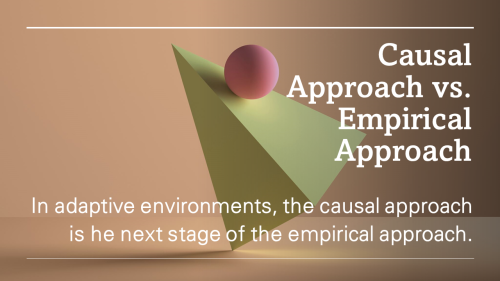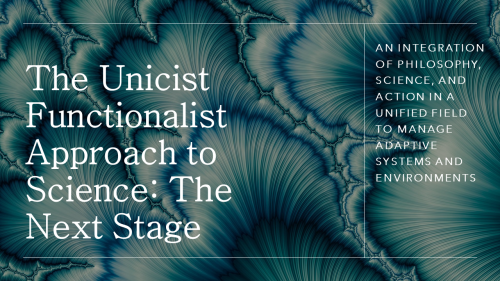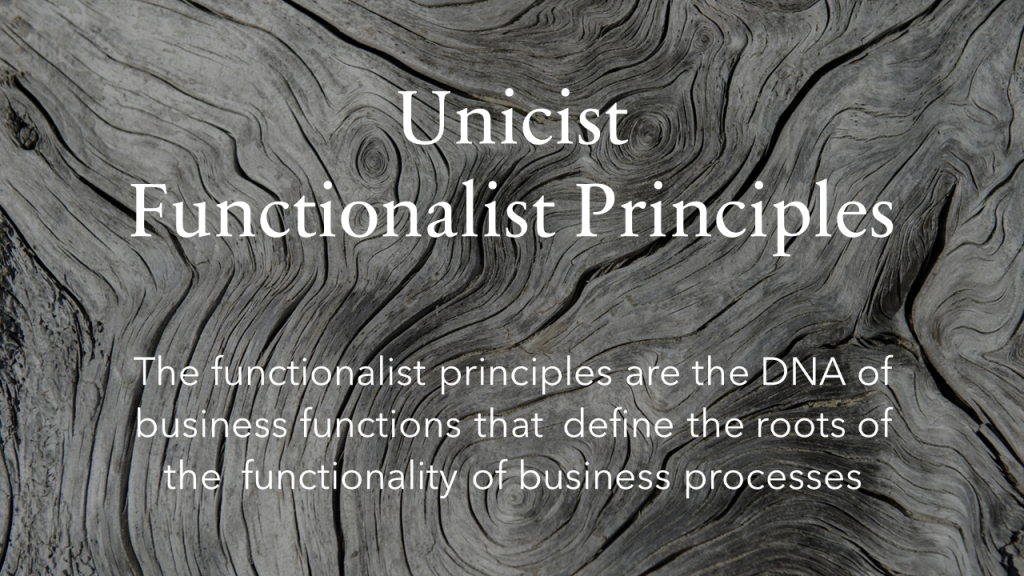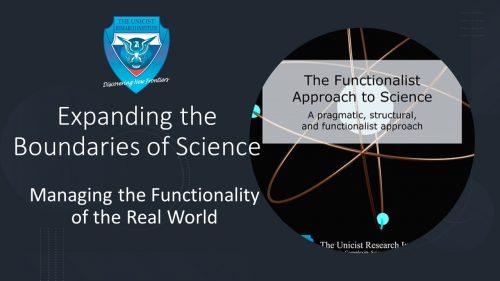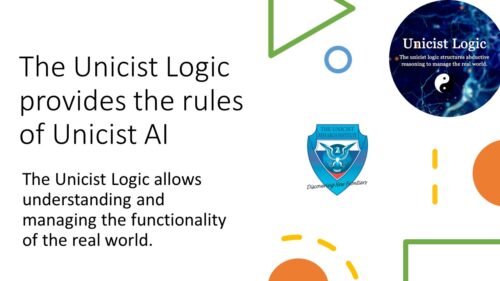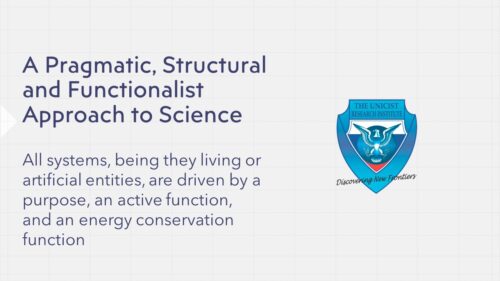Rediscovering Charles S. Peirce who Integrated Philosophy, Science, and Actions (Part 1)
An Access to a Causal Approach to Business
Charles S. Peirce’s work integrates science, philosophy, and actions in a framework to deal with the real world. Peirce began his professional career as a chemical assistant. In the late 1850s, after graduating from Harvard University, he worked in the chemical laboratory of the Lawrence Scientific School at Harvard, where he conducted experiments and engaged in research in analytical chemistry.
His work in the laboratory and on scientific surveys demonstrates his practical engagement with the scientific method, empirical research, and the application of chemistry to solve problems and contribute to scientific knowledge. Charles S. Peirce made contributions to various fields beyond philosophy, including mathematics, logic, and indeed, chemistry.
Peirce’s Contribution to Understanding Causality
By framing causality within these three categories, Peirce offers a comprehensive view that captures the complexity of how things come to be and influence one another. His approach recognizes:
- The importance of potentialities and qualities in shaping the conditions for causality (Firstness).
- The role of direct interactions and forces in actualizing causal relationships (Secondness).
- The significance of mediating laws, patterns, and general principles in understanding and predicting causal relationships (Thirdness).
This triadic framework allows for a deeper exploration of causality that goes beyond simple cause-and-effect to include the underlying principles, conditions, and mediations that structure reality. In doing so, Peirce’s categories provide valuable insights not only for philosophical inquiry but also for practical applications in science, engineering, and other domains where understanding the causality of things is crucial.
The Unified Field of Adaptive Systems
Integrating Charles S. Peirce’s categories into a unified field through the lens of Unicist Logic, developed by Peter Belohlavek, offers a simple approach to understanding the causality of things. The Unicist Logic, with its focus on the functionality and evolution of complex systems, provides a structured methodology to interpret and apply these categories in a way that reveals the underlying causality in various domains. Here’s how the integsimration of Peirce’s categories within the Unicist Logic framework can enhance our understanding of causality:
Integration and Unified Field
- Unified Approach: Unicist Logic integrates Firstness, Secondness, and Thirdness into a coherent system that accounts for the dynamic interplay between the potentiality of phenomena (Firstness), their actualization in concrete interactions (Secondness), and the mediating principles or laws that govern these interactions (Thirdness). This integration allows for a holistic view of causality that encompasses the initial conditions, the interactions, and the governing rules or patterns.
- Functionality and Evolution: By applying Unicist Logic, the functionality of entities—how and why they work the way they do—is understood within a framework that emphasizes their evolution over time. This perspective recognizes that causality is not static but evolves, with the potentialities, interactions, and mediating principles dynamically influencing each other.
Defining Causality
- Complex Causality: Unicist Logic facilitates an understanding of complex causality, which includes not only direct cause-effect relationships but also indirect, emergent, and feedback-driven processes. This approach is particularly useful in systems where traditional linear models of causality fail to capture the richness and complexity of interactions.
- Functional Rules: The causality of things, according to Unicist Logic, follows strict functional rules that are derived from the integration of Peirce’s categories. These rules help to predict and influence outcomes by understanding the functional patterns that underlie phenomena.
Practical Implications
- Decision-Making and Problem-Solving: In practical terms, the integration of Peirce’s categories through Unicist Logic offers a powerful tool for decision-making and problem-solving in complex environments. By understanding the causality of things in a comprehensive, nuanced manner, leaders, managers, and practitioners can devise strategies that are more aligned with the underlying dynamics of their systems.
- Innovation and Development: This approach also supports innovation and development efforts by highlighting the potentialities (Firstness) that can be actualized (Secondness) through the application of guiding principles or laws (Thirdness). It encourages a forward-looking perspective that considers not just immediate effects but the longer-term evolution of systems.
The integration of Peirce’s categories into a unified field through Unicist Logic represents a sophisticated framework for understanding the deep causality that governs the functionality and evolution of complex systems. It bridges the gap between theoretical insights and practical applications, offering a comprehensive model for navigating and influencing complex realities.
The Unicist Research Institute
Artificial Intelligence Interpretation:
ChatGPT Interpretation
The exploration of Charles S. Peirce’s contribution to understanding causality, particularly through his triadic framework of Firstness, Secondness, and Thirdness, reveals a profound and nuanced approach to the dynamics of cause and effect. This framework transcends simplistic cause-and-effect models by incorporating the potentialities, interactions, and governing laws that constitute the fabric of reality. Peirce’s integration of philosophical inquiry with empirical science underscores his commitment to a holistic understanding of the world, which remains influential in contemporary discussions on causality and complexity.
By integrating Peirce’s categories with Unicist Logic, a methodology that emphasizes the functionality and evolution of complex systems, a more sophisticated understanding of causality emerges. This integration enables a comprehensive view that accounts for the dynamic interplay among potentialities, concrete interactions, and mediating principles. Such a unified approach not only deepens our grasp of complex causality—including indirect, emergent, and feedback-driven processes—but also enhances our capacity for effective decision-making and problem-solving in complex environments.
The practical implications of this approach are significant. For leaders, managers, and practitioners navigating the complexities of modern organizational and societal challenges, the combined insights of Peirce’s categories and Unicist Logic offer a robust framework for strategic thinking and action. This framework encourages a forward-looking perspective, emphasizing the importance of understanding the underlying dynamics of systems for innovation and development.
Moreover, the application of Peirce’s categories within the Unicist Logic framework aligns with contemporary needs for a deeper understanding of causality in areas ranging from science and engineering to business and social policy. It promotes a nuanced approach to problem-solving and strategy formulation, one that is attuned to the complexities and evolving nature of real-world systems.
In sum, the causal approach to business, informed by Charles S. Peirce’s philosophical insights and operationalized through Unicist Logic, offers a sophisticated and practical framework for understanding and influencing the complex realities of today’s world. It bridges theoretical depth with practical application, providing a comprehensive model for navigating the intricacies of causality in diverse domains.


